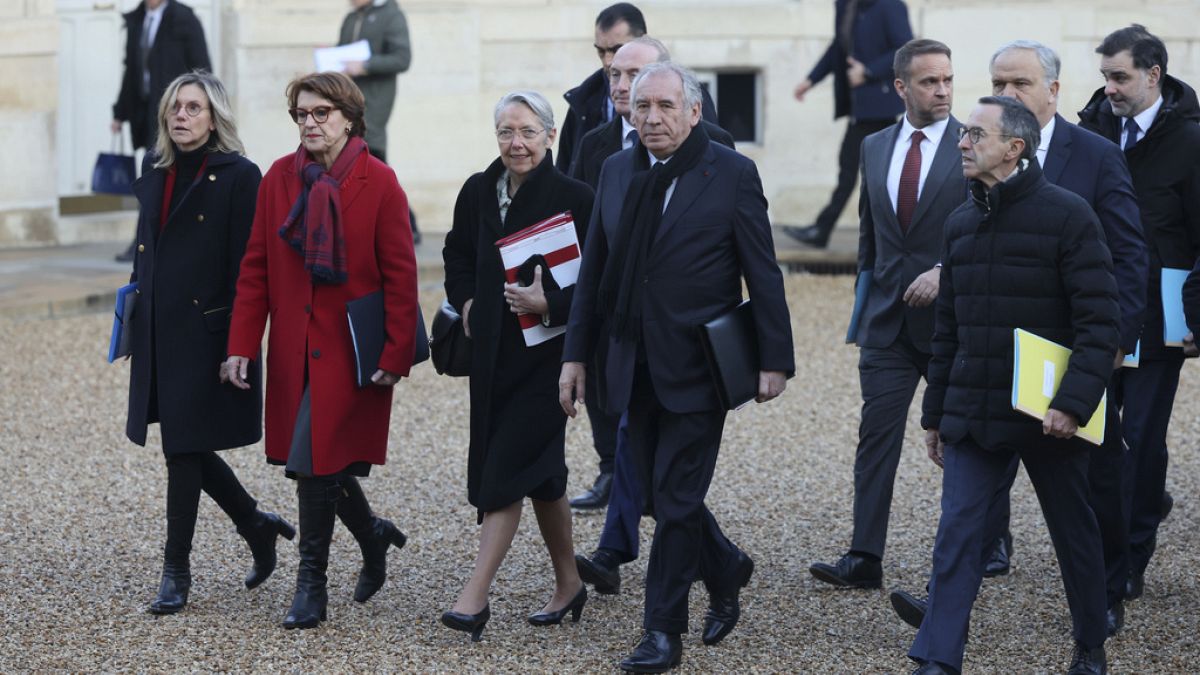As we approach the 100-year anniversary of former U.S. Sen. Ted Stevens’ birth on Nov. 18, the magnitude of change he wrought in Alaska has only become more important since his death. There are certainly others who were instrumental in making our state what it is today — for example, former Gov. Jay Hammond for the creation of the Permanent Fund and its ensuing dividend; “Mr. Alaska” Bob Bartlett, whose advocacy for statehood as a territorial delegate and later career as senator put the Last Frontier on the map in Washington, D.C.; Elizabeth Peratrovich, who championed civil rights for Alaska Native people and played a major role in ensuring the territorial Legislature’s passage of the Equal Rights Act of 1945. But when it comes to the breadth, pervasiveness and longevity of his legislative accomplishments, it’s hard to argue that anyone else has had as great an impact on Alaska as Ted Stevens.
Although he became notorious on the Beltway for his unashamed embrace of pork barrel projects that benefited Alaska, Stevens had a formative role in almost every major federal law relating to the state. The Alaska Native Claims Settlement Act. The Trans-Alaska Pipeline Authorization Act. The creation of Title IX, which sought to ensure parity in sports opportunities between women and men — as well as several revisions that expanded or restored Title IX tenets after attempts to curtail them. The Amateur Sports Act of 1978, which established the U.S. Olympic Committee and laid the groundwork for the U.S. athletic powerhouse of today. The Alaska National Interest Lands Conservation Act. And the Magnuson-Stevens Fishery Conservation and Management Act that governs fishing in U.S. federal waters. Those are just the topmost highlights of Stevens’ four-decade career in the U.S. Senate.
And, of course, Stevens’ reputation for bringing home the bacon to Alaska was well-earned. As with his legislative accomplishments, the list of projects Stevens funded in Alaska is far too long to enumerate. Just in Anchorage, everything from port funds, trail system expansion, social services at Covenant House and Bean’s Cafe, the creation of the Alaska Native Heritage Center, the Potter Marsh Conservation Center, the expansion of the Alaska Zoo, the Anchorage Museum, Ben Boeke Arena and Hilltop Ski Area, the Alaska Botanical Garden and the Eagle River Nature Center — all benefited from funds Stevens allocated. As Sen. Lisa Murkowski said, “There is nothing that has happened in my lifetime, there is nothing that has happened since statehood, that Ted Stevens did not touch, that he did not build, did not create.”
Stevens was upfront about his (usually successful) quest to fund Alaska infrastructure at levels well above the per-capita funding flowing to other U.S. states. His rationale was that as a state that entered the Union more than a century after the vast majority of the others, Alaska had a lot of catching up to do in bringing its federally funded development up to parity with the rest of the country. And while watchdog groups and legislators from other states chafed at the allocation of funds to a state few of them valued, Stevens’ perspective makes good sense to most anyone who has ever been here for any length of time and seen what Alaska has and doesn’t.
Stevens’ legacy, like most major figures in Washington, D.C., was not unblemished. He ultimately lost his Senate seat after a jury found him guilty of making false statements related to his financial dealings. That verdict was ultimately tossed and the case vacated after a special investigation by then-Attorney General Eric Holder, who was shocked by the degree of prosecutorial misconduct in the case. In hindsight, it’s clear that he shouldn’t have been charged, much less convicted. But the damage had been done to Stevens’ political prospects, and his closeness to disgraced oilfield services executive Bill Allen surely lost him votes and colored Alaskans’ perceptions of their larger-than-life U.S. senator.
Ultimately, however, it is the work Stevens did in the Capitol that has gone on to define him since his death in a 2010 plane crash. And the through-line of that work was a style of politics that is now almost entirely absent in Washington, D.C., today: A willingness to put partisan differences aside in service of the work being done, for our state and the country. “To hell with politics, just do what’s right for Alaska,” was Stevens’ mantra. If we could return to that way of thinking in Juneau and Washington, D.C., we would all be better for it.

:quality(70)/arc-anglerfish-arc2-prod-adn.s3.amazonaws.com/public/ZJ6K6QPNQVAH3EDUJVWW5CUOAM)
:quality(70)/cloudfront-us-east-1.images.arcpublishing.com/adn/FJF52QJA4JDEZKLNNPODZ3NRCU.JPG)

















/cdn.vox-cdn.com/uploads/chorus_asset/file/25822586/STK169_ZUCKERBERG_MAGA_STKS491_CVIRGINIA_A.jpg)




